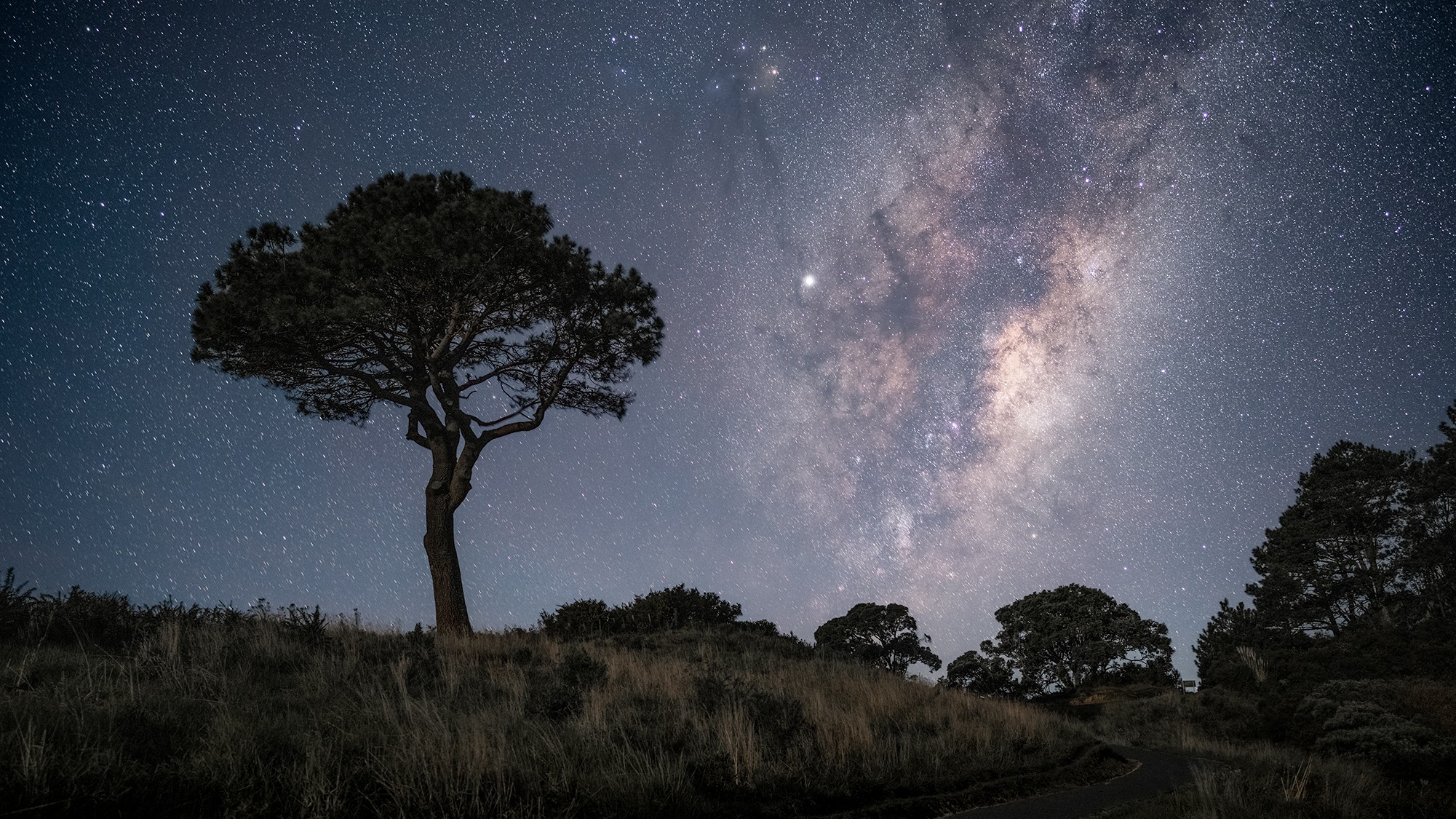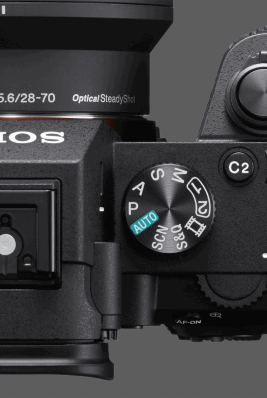Need help getting the best out of the night sky? Here are my top 10 tips and key settings to make sure you're prepared to capture the night sky and all its glory!
Shoot RAW!
This may be an obvious one but is essential for astro photogtraphy. Shooting in extreme low light conditions means you need to make the most of any data you capture, particularly in the shadows.

Image Stabilisation
Turn all aspects of this OFF, through the lens and the body (where applicable). It can cause stars to appear streaky if triggered by something like a small gust of wind.

Exposure Length
Letting in as much light as possible is the goal with astro photography but, as the earth is rotating, after a certain amount of time the stars will appear to trail in images captured. So what's the maximum exposure length we can shoot before seeing these trails?
Have you heard of the 500 rule? You take the number 500 and divide it by the focal length (converted to full frame if shooting with a different sensor size) you are shooting with to determine how many seconds you can leave your shutter open before seeing the star trails effect caused from the earth's rotation.
Modern cameras however have increasingly higher resolutions, so I recommend using 350 as the base calculation number with your focal length. E.g. If shooting at 24mm - 350 divided by 24 = 15 seconds

Aperture
Let's stick with the idea of letting as much light as possible through to the sensor, but don't be tempted to shoot wide open. I recommend stopping down by one or two clicks from the lenses' maximum aperture to avoid issues like vignetting, increased coma on the outer edges and chromatic aberrations. E.g. If your lens' maximum aperture is ƒ/1.8, stop down to ƒ/2.0 or ƒ/2.2.

ISO
The aim is to have high sensor sensitivity without introducing lots of noise - getting the right balance is dependent on your camera. Modern cameras can quite comfortably shoot at 6,400 ISO and even beyond whereas older models will struggle at 6,400 ISO and introduce too much noise to the image. I recommend experimenting with different ISOs to determine what your camera can handle.

Remote / Timer
Use a remote or 2 second timer to trigger the shutter. This is to avoid any camera shake you may introduce when pressing the shutter button.

Long Exposure & High ISO Noise Reduction
Turn these OFF, these create delays in camera where timing may be crucial. For example when capturing panoramas and capturing images for stacking.

Colour Balance
I recommend maintaining a consistent colour balance when shooting, not only for each night but every occasion you shoot astro. I find setting a Kelvin (K) balance to between 4100 and 4300 gives the best colour representation of the night sky. Even though you can adjust the colour balance later via editing software you will still get minor differences (when adjusting from an auto white balance). This may cause issues when trying to stitch panoramas. It's also useful to see differing sky colours when shooting on each night as you know you've been shooting the same white balance from night to night.

Focusing
This is probably the most important thing to get right - and often causes the most trouble for photographers. Use the camera's live view, zoom in as much as you can (normally 10x) onto a bright star. Set your focus to close and adjust until the star appears to be at it's smallest size. DO NOT set your focus to infinity and adjust from there. Why? You want to ensure your foreground is also in focus, so you need to move your focus point from a closer distance to the point the stars become in focus.

Histogram
Always check the histogram. Ensure you are capturing enough detail in the foreground and they are not just completely black. The camera preview screen can be deceiving, the bright backlit screen doesn't accurately represent your RAW capture and often ends up in disappointment for photographers when they open up the images at home.

Now get out there and enjoy the night sky. Happy shooting!
Hakan
Check out my astro hints and tips video below










